Saving money by going green sounds great, but who has that initial capital in these tough economic times? The average person can’t afford the luxury of buying solar panels or driving a hybrid car, however, there are many energy-saving changes you can make that are relatively inexpensive and have a fast return on investment. Below are ten strategies for cutting utility bills and carbon footprints that have a pay back period of less than two years.
Air Filters—Cost: $0 to $10— Payback: Immediate to less than 1 year
Cleaning or replacing the air filters of your cooling system or air conditioning unit allows the air to pass through easily and efficiently. When the air filter gets dirty, the system has to work harder to push the air through, using additional energy. Window unit filters can be wiped clean and central system filters cost about $10 each. Keeping the air filter clean saves about 7% in electricity costs a year making their payback period less than a year. Betteryet, cleaning the air filter of a window unit costs nothing and can save about $20 per year.
Low Flow Fixtures—Cost: $2 to $30—Payback: Immediate to a few months
Low flow fixtures, including shower heads, faucets and aerators, reduce the volume of water used, thereby reducing the amount spent on water and on the electricity or gas used to heat that water. Simple to install and cheap, low flow water fixtures have a payback that is almost immediate.
Compact Fluorescent Lights—Cost: $3 per bulb—Payback: 3 to 8 months depending on usage
Compact fluorescent lights are bulbs that use 75% less energy than regular bulbs and last 6 to 12 times longer. Replacing regular lights with CFLs canbe the cheapest and most effective way to get big savings on energy bills.
Window Treatments—Cost: $5 to $150—Payback: Less than 1 year to 4 years
Window treatments can cut cooling bills in summer and heating bills in winter. They block sunlight, reducing the need for air conditioning in the summer and serve as added insulation in the winter. Shades, blinds and curtains can reduce cooling costs by 6%. Depending on the type of windowtreatment and location, the payback will be from just under a year to almost four years.
Sealing Air Leaks—Cost: $20 per door and $10 per window—Payback: 2 to 3 years
Sealing air leaks means filling in the gaps around windows, doors and air ducts so that heat cannot escape in cold months and cool air is not lost in hot months. Weather stripping goes under and around external doors. Caulk can be inserted between window frames and the building’s siding. Sealing heating and cooling ducts can be more complex and may require the help of a HVAC professional. This may cost from $100 to $300 depending on the size of the building, but payback is generally between two and three years.
Lighting Motion Sensors—Cost: $50 to $60—Payback: Less than 1 year
Lighting motion sensors automatically turn off lights when an area is not occupied. Offering high energy savings in a home, this technology is especially useful when installed outdoors. Most porch lights have built in sensors and cost about $50 to $60. Replacing a normal light with a motion sensor lightwill save about 54 kilowatt-hours a month, which translates to about of $10 of electricity bill savings and a 6 month return on investment.
Programmable Thermostats—Cost: $50 to $150—Payback: About 1 year
A programmable thermostat allows a building owner/manager to adjust the times and settings of the heating and/or air-conditioning according to a pre-set schedule. As a result, the equipment can be set to operate only when necessary. In winter, lowering the temperature of an office building during non-business hours or of a home when the residents are sleeping can reduce utility bills by 5-15%.
Smart Water Heating—Cost: $500 to $700, plus $100 for installation—Payback: From 1 to 5 years
Smart Water Heating utilizes a drain-water heat recovery system that can warm water for your shower or other use by capturing the heat from waste water as it travels down the drain. These systems can be implemented onshowers, dishwashers and other appliances. In a year, smart water heating can save 183 cubic meters of natural gas or 1,478 kilowatt-hours of electricity making the payback period as short as one year.
Attic Insulation—Cost: $500 to $700, plus installation—Payback: Between 1 and 2 years
Properly insulating attics can reduce the amount of heat escaping through the roof and save up to 25% on heating and cooling costs. While it depends on the climate, cost of insulation and other factors, the payback for attic insulation is generally a year and a half.
Leasing Solar Panels—Cost: $0 to $5,000—Payback: Immediate to 11 years
Leasing a set of solar panels is a cost-effective alternative to buying and installing them, a job that can cost tensof thousands of dollars. Generally speaking, solar leasing firms promise to reduce your total electric bill immediately by about 11%.
Going green is often viewed as an idealistic and expensive endeavor. However,
these 10 cost effective methods of reducing utility expenses as well as your carbon footprint illustrate how easy and inexpensive going green can be. In addition to fast returns on investments and continued cost savings, there are many incentives that offset the initial expenses of making energy
efficient home upgrades. Likewise, rebates and tax credits are offered by the
federal and state governments. In the end, saving money by going green not only
sounds great, but is.



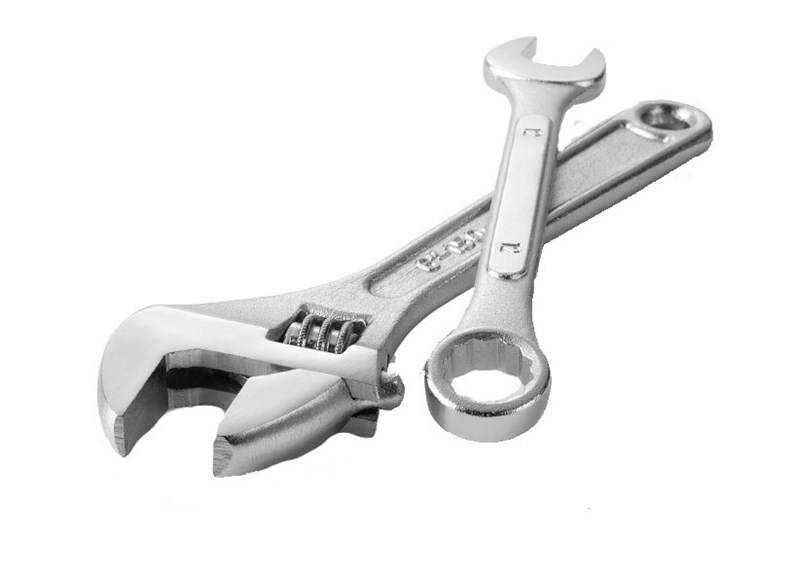

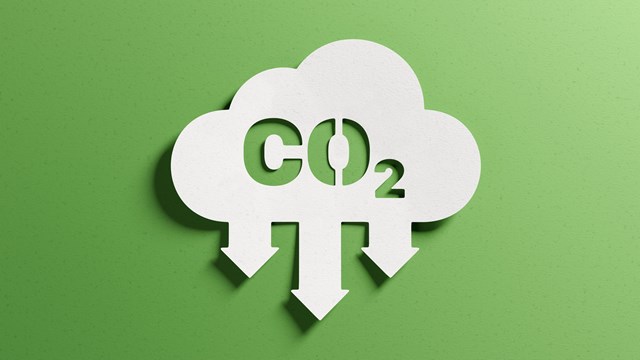
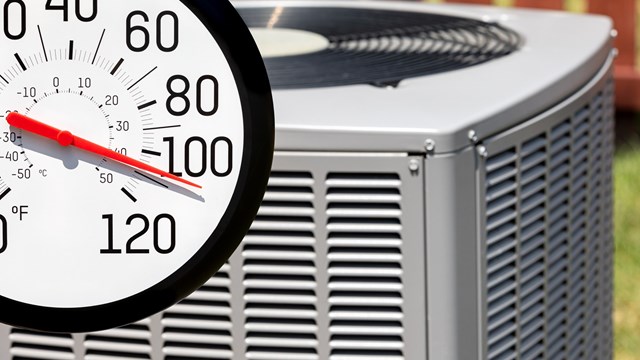
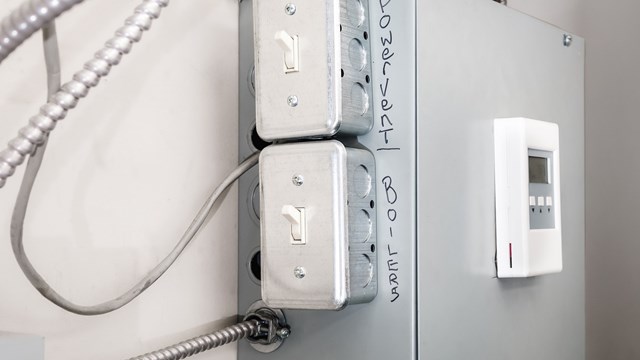

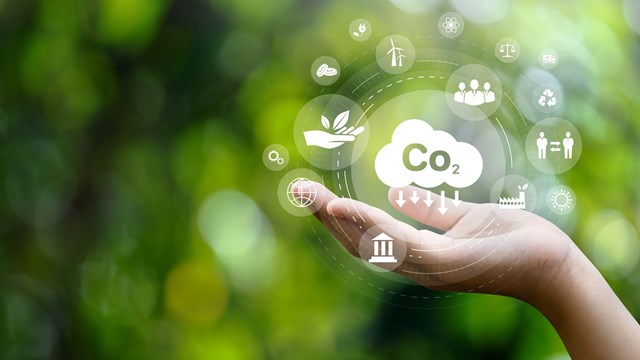
Leave a Comment